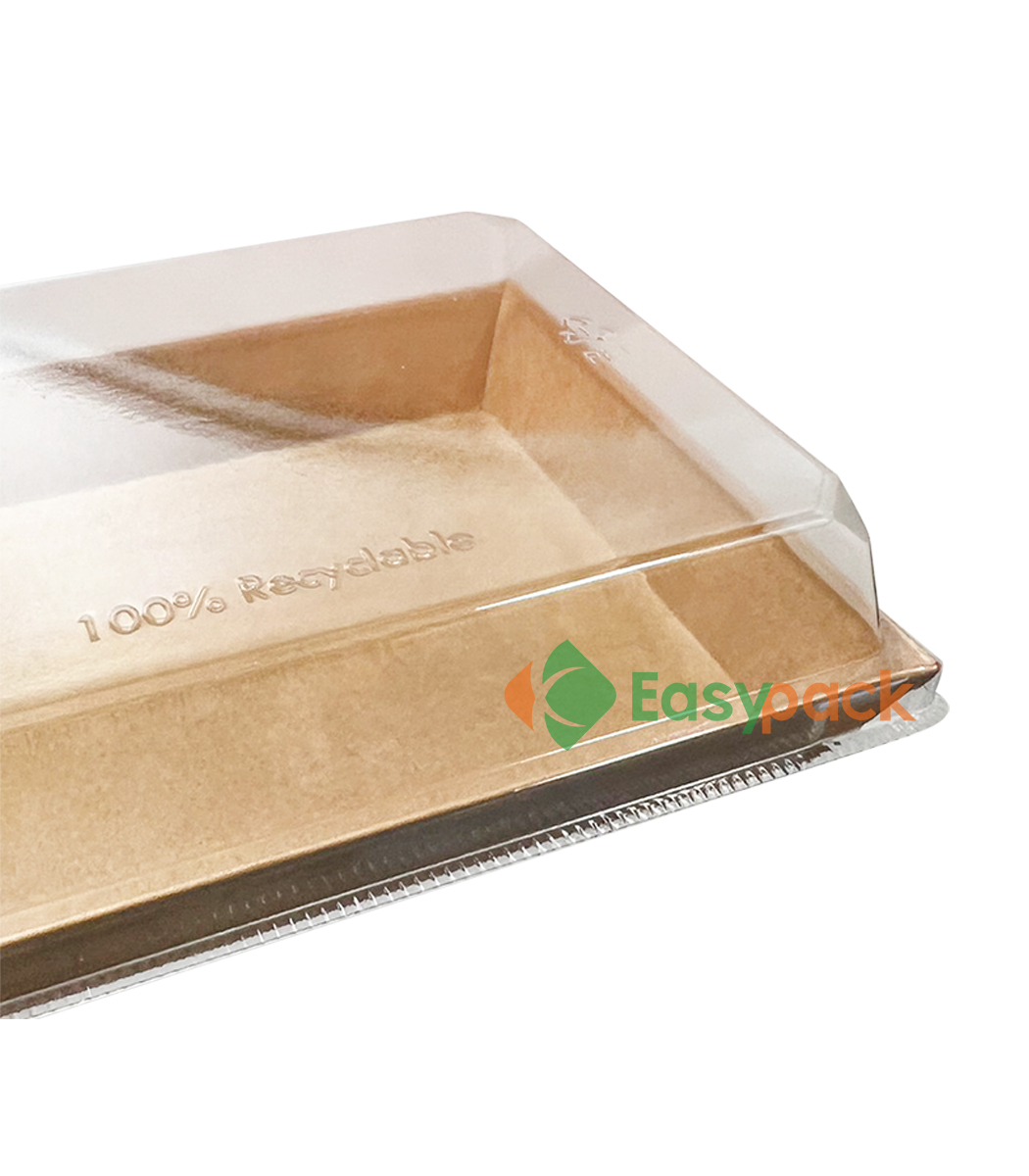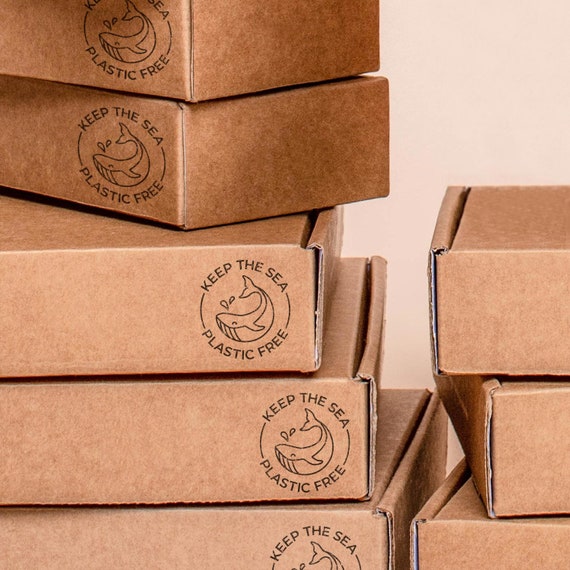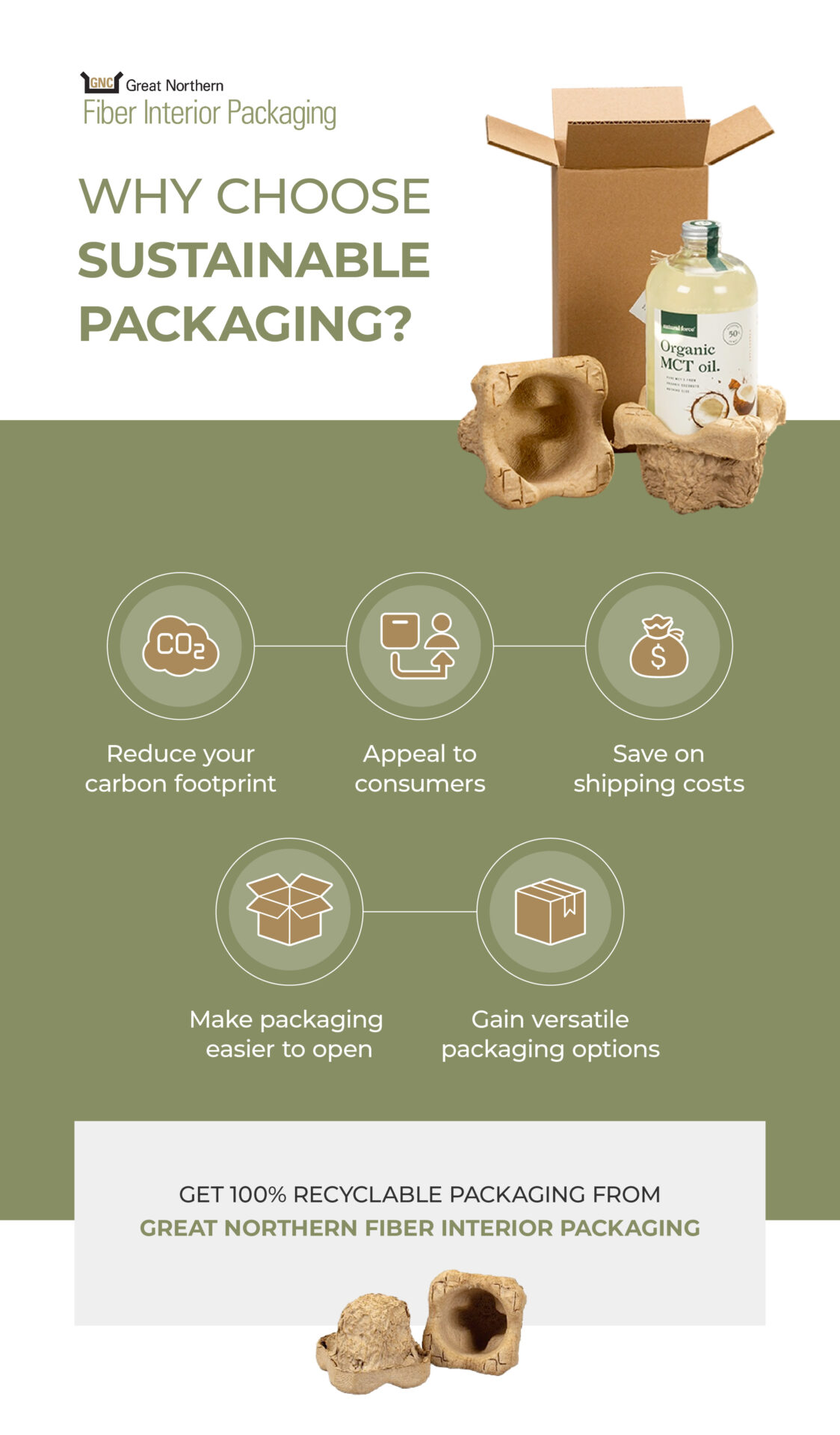The Growing Demand for Sustainable Solutions
Consumers are increasingly aware of the environmental impact of their choices, and food packaging is no exception. The mountains of plastic waste generated by single-use food containers are a stark reminder of the urgent need for change. This heightened awareness is driving a significant shift in demand towards eco-friendly alternatives, pushing manufacturers and retailers to explore and adopt more sustainable packaging solutions. This isn’t just a trend; it’s a fundamental shift in how we think about food packaging and its place in a circular economy.
Bioplastics: A Step Towards Sustainability
Bioplastics, derived from renewable biomass sources like corn starch or sugarcane, offer a promising alternative to traditional petroleum-based plastics. While not a perfect solution – the environmental impact depends heavily on the production methods and end-of-life management – bioplastics are often compostable or biodegradable, reducing landfill waste. However, it’s crucial to differentiate between truly compostable bioplastics and those that only degrade under specific industrial conditions, as many “bioplastics” aren’t readily compostable at home. Transparency and clear labeling are key to responsible consumption in this area.

Paper-Based Packaging: A Familiar Friend, Enhanced
Paper and cardboard have always been a part of food packaging, but innovations are making them even more sustainable and versatile. Advances in coatings and water-resistant treatments allow for the use of paper in applications previously dominated by plastics. Furthermore, the increasing use of recycled paper content reduces reliance on virgin fibers, lessening the environmental footprint. The focus is shifting from simply using paper to optimizing its design and functionality to minimize material use and maximize recyclability.
Edible Packaging: The Next Frontier
The concept of edible packaging might seem futuristic, but it’s rapidly gaining traction. Imagine a seaweed wrap replacing plastic film, or a coating made from fruit peels protecting your snack. These edible films and coatings offer a completely waste-free solution, reducing packaging waste to zero. While challenges remain in terms of scalability and cost-effectiveness, the potential for revolutionizing food packaging is undeniable. Further research and development are key to unlocking the full potential of this innovative approach.
Compostable Alternatives Beyond Bioplastics
Beyond bioplastics, other compostable materials are emerging as viable options. Materials derived from agricultural byproducts like mushroom packaging, made from mycelium (the root structure of mushrooms), offer a lightweight, biodegradable alternative. These solutions are often compostable at home, aligning with the growing emphasis on home composting practices and reducing the reliance on industrial composting facilities. The key to success lies in consumer education and readily available composting solutions.
The Importance of Recycling and Proper Disposal
No matter how eco-friendly the packaging, proper disposal is crucial. Clearly labeled packaging indicating whether it’s recyclable, compostable, or requires specific disposal methods is paramount. This necessitates a collaborative effort between manufacturers, retailers, and consumers. Improved recycling infrastructure and educational campaigns are needed to ensure that sustainable packaging solutions are used effectively and don’t end up in landfills, negating their positive impact.
The Role of Technology and Innovation
Technological advancements play a vital role in developing and implementing eco-friendly packaging. From advanced material science leading to innovative bio-based materials to smart packaging that monitors food freshness and reduces waste, technology is driving the transition towards a more sustainable future. Investment in research and development is crucial for overcoming existing challenges and exploring new possibilities in eco-friendly packaging.
Collaboration Across the Supply Chain
The shift towards sustainable food packaging requires a collective effort. Collaboration between manufacturers, retailers, consumers, and policymakers is essential to drive the transition. This includes developing industry standards, promoting transparency, and investing in infrastructure for the recycling and composting of eco-friendly materials. Only through a collaborative and holistic approach can we truly realize the potential of sustainable food packaging. Learn more about eco-friendly food packaging.











